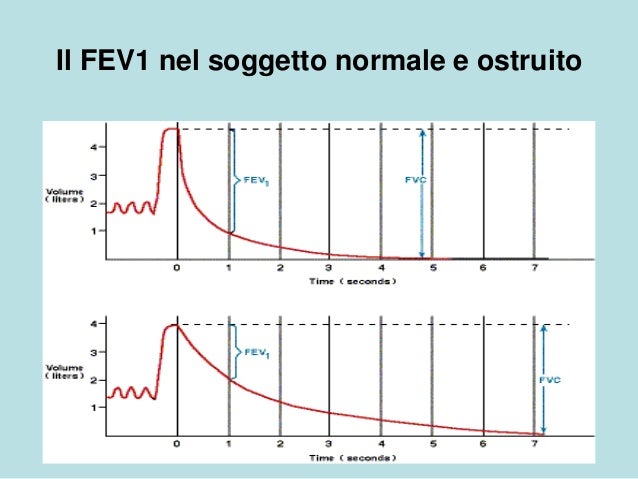
Most modern critical care blood gas analyzers provide onboard QC that can be run automatically or on demand. Several new approaches have been made to QC. According to the CMS' new individualized quality control plan (IQCP) based on risk management, for blood gas analyzers users should perform a minimum of three QC per day, or follow the manufacturer's requirement for frequency of external quality controls, whichever is greater. State and federal regulation has mandated a strict quality control (QC) program to evaluate an analyzer's performance. Modern analyzers have computer interfaces and internal algorithms to calculate pertinent parameters such as correction for body temperature, and calculations of oxygen saturation. The use of self-contained cartridges makes the equipment simple to use and operate. Abbott i-STAT 1 - Using as little as two drops of blood and a test cartridge, it can give accurate results within two minutes, whenever you need it.
PO2 ISTAT LOW FREE
This self-contained cartridge-based blood gas system can provide maintenance free operation at all times. It can measure pH, blood gas, electrolytes, glucose and hematocrit with high precision. RAPIDPoint 400 System from Bayer (now a division of Siemens Healthcare Diagnostics) - Whether at the point of care bedside, blood gas lab, or at other sites, Rapidpoint 400 delivers fast response.Reliable cartridge-based point-of-care analyzers added to the blood gas family include:

Rapid measurements of blood Pco 2 and pH allow patients with acute respiratory distress syndrome to benefit from permissive hypercapnia (with low tidal volumes) to minimize pulmonary stress. They are ideal for use in in emergency departments and operation rooms, where blood gas analysis helps to monitor mechanically ventilated patients. Incredibly sophisticated, stable, and fast, these current analyzers provide quick results. Point-of-care analyzers are designed to provide acid-base measurements at the bedside. Bench-top critical care analyzers feature individual biosensor technology, broadest test menu and lowest cost of operation. Arterial blood gas analysis is performed in the clinical laboratory mainly using a bench-top analyzer. With current advancements, analyzers became smaller and easier to use, and gradually migrated into point of care (POC) areas. In the normal pO2 range (10.6 < pO2 < 13.3 kPa), the performance of the i-STAT was comparable to the RapidLab. It comes with a menu of pH, PCO2, PO2, Na, K, iCa, and hematocrit. The first combined blood gas/electrolyte analyzer was introduced in 1985.

Conditions That Affect Oxygen Saturation Blood disorders, problems with circulation, and lung issues can prevent your body from absorbing or transporting enough oxygen. Blood gas analysis came to be widely used in clinical settings, surgery, anesthesia, and intensive care by 1966. Conditions that affect breathing, oxygen absorption, and red blood cell or hemoglobin count can also cause low O2 sat. The first blood gas analyzer that measured pH, PCO2, and PO2 was developed in 1957. For the same reason, it is crucial to obtain these values from a reliable blood gas analyzer. Many important clinical decisions are taken based on the blood gas data.


 0 kommentar(er)
0 kommentar(er)
